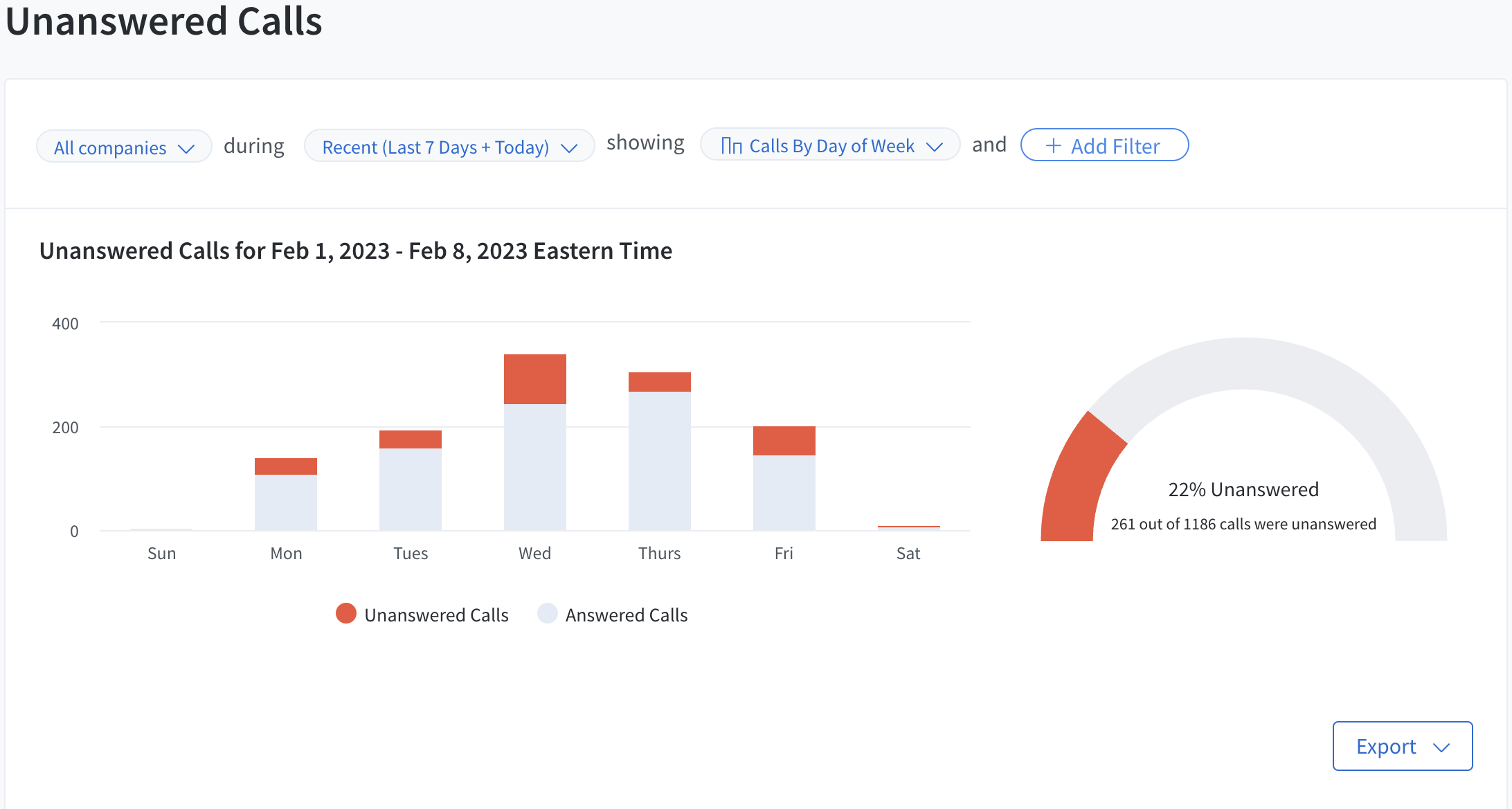By The Phone: An Account Of Unanswered Calls

Table of Contents
- The Psychology of Unanswered Calls
- Fear of Engagement
- The Illusion of Control
- The Rise of Alternative Communication
- The Practical Reasons Behind Unanswered Calls
- Busy Signals and Unavailable Numbers
- The Problem of Spam and Robocalls
- Intentional Avoidance
- Strategies for Dealing with Unanswered Calls
- Improving Communication Effectiveness
- Leveraging Technology
- Respecting Communication Preferences
- Conclusion
The Psychology of Unanswered Calls
Why do we ignore calls? Often, it's not about malice but a complex interplay of psychological factors.
Fear of Engagement
Many people experience anxiety surrounding phone calls, leading to avoidance. This fear can manifest in several ways:
- Fear of confrontation: The immediacy of a phone call can feel more confronting than a text or email.
- Difficulty articulating thoughts over the phone: Some individuals find it harder to express themselves verbally than in writing.
- Social anxiety: For those with social anxiety, the prospect of a phone conversation can be overwhelmingly stressful.
The psychological roots of call avoidance are significant. Studies show a correlation between communication anxiety and the preference for asynchronous communication methods. Understanding these anxieties is crucial to addressing the problem of unanswered calls.
The Illusion of Control
Ignoring calls offers a sense of control over our time and schedule. We dictate when and how we engage. This is particularly true in our always-on digital world:
- Desire for asynchronous communication (texting, email): These methods allow us to respond at our convenience.
- Preference for self-scheduling: Answering calls disrupts our pre-planned activities and workflow.
- Feeling overwhelmed: A constant stream of incoming calls can be overwhelming, leading to avoidance as a coping mechanism.
The rise of technology has altered our communication preferences. The immediate nature of a phone call can feel intrusive compared to the perceived control offered by asynchronous communication channels. This perceived loss of control contributes significantly to the prevalence of unanswered calls.
The Rise of Alternative Communication
Texting, email, and social media have dramatically reduced the perceived necessity of phone calls:
- Convenience of texting: Texting is quick, easy, and allows for thoughtful responses.
- Asynchronous nature of email: Email allows for delayed responses, fitting into our schedules more easily.
- Immediacy of social media: Social media offers a less formal, often more comfortable, way to connect.
The shift in communication habits is undeniable. These alternative methods have become preferred channels for many, contributing to the increasing number of unanswered calls.
The Practical Reasons Behind Unanswered Calls
Beyond psychology, practical limitations also contribute to unanswered calls.
Busy Signals and Unavailable Numbers
Sometimes, calls go unanswered due to simple technical glitches:
- Network issues: Poor signal strength or network outages can prevent calls from connecting.
- Technological glitches: Problems with the phone itself or the service provider can cause missed calls.
- Human error: Incorrectly dialed numbers or forwarding issues can lead to unanswered calls.
Troubleshooting these issues is crucial. Checking call forwarding settings, confirming numbers, and ensuring a strong network connection are simple steps to improve call connectivity.
The Problem of Spam and Robocalls
The deluge of unwanted calls significantly impacts call answering habits:
- Identification of spam calls: Many people actively screen calls from unknown numbers to avoid spam.
- Use of call blocking apps: Apps and features on modern smartphones allow users to block unwanted numbers.
- Voicemail as a filtering mechanism: Voicemail acts as a buffer, allowing individuals to screen calls before answering.
Identifying and avoiding spam and robocalls is crucial. Utilize caller ID, report spam calls, and consider using call-blocking apps to filter unwanted calls.
Intentional Avoidance
Sometimes, unanswered calls reflect conscious choices:
- Setting boundaries: Individuals may choose not to answer calls from certain people or during specific times to protect their personal time.
- Managing difficult relationships: Ignoring calls can be a way of managing difficult or conflict-prone relationships.
- Protecting personal time: Many prioritize their personal time and avoid calls that disrupt their schedules.
While intentional avoidance can be a necessary boundary, it's crucial to consider the ethical implications and strive for more constructive communication strategies when possible. This might involve setting clear expectations or utilizing alternative communication methods.
Strategies for Dealing with Unanswered Calls
Addressing unanswered calls requires a multifaceted approach.
Improving Communication Effectiveness
Proactive steps can significantly improve the likelihood of a call being answered:
- Clearly stating purpose of call in text message beforehand: This sets expectations and reduces uncertainty.
- Scheduling calls in advance: This allows the recipient to prepare and allocate time for the conversation.
- Using more concise communication: Keeping calls brief and to the point respects the recipient's time.
Leveraging Technology
Technology offers tools to manage and address unanswered calls:
- Using call-blocking apps: Apps like Hiya or Truecaller can help identify and block spam and robocalls.
- Setting up voicemail greetings: Professional and informative voicemail greetings provide context and encourage callbacks.
- Utilizing call-scheduling features: Some services allow you to schedule calls for later, ensuring both parties are available.
Respecting Communication Preferences
Empathy and understanding are key:
- Giving space: Respecting someone's need for time and space is crucial.
- Utilizing preferred communication methods: Respecting individual communication styles and preferences is essential.
- Patience and understanding: Sometimes, calls go unanswered for reasons outside of our control.
Conclusion
Unanswered calls stem from a complex interplay of psychological factors, technological limitations, and conscious choices. Fear of engagement, a desire for control, and the rise of alternative communication methods all play a significant role. However, by understanding these factors and employing effective communication strategies – including leveraging technology and respecting individual preferences – we can improve our communication experiences and reduce the frustration of unanswered calls. Are you struggling with the frustration of unanswered calls? Learn more about effective communication strategies and reclaim control over your communication experience!

 Understanding The Net Asset Value Nav Of The Amundi Dow Jones Industrial Average Ucits Etf Dist
Understanding The Net Asset Value Nav Of The Amundi Dow Jones Industrial Average Ucits Etf Dist
 M56 Car Crash Leaves One Injured Motorway Closed
M56 Car Crash Leaves One Injured Motorway Closed
 New York Times Connections Game Answers And Hints For Puzzle 646 March 18 2025
New York Times Connections Game Answers And Hints For Puzzle 646 March 18 2025
 How Joe Jonas Diffused A Couples Argument About Him
How Joe Jonas Diffused A Couples Argument About Him
 Pletojamas Porsche Elektromobiliu Ikrovimo Tinklas Europoje
Pletojamas Porsche Elektromobiliu Ikrovimo Tinklas Europoje
